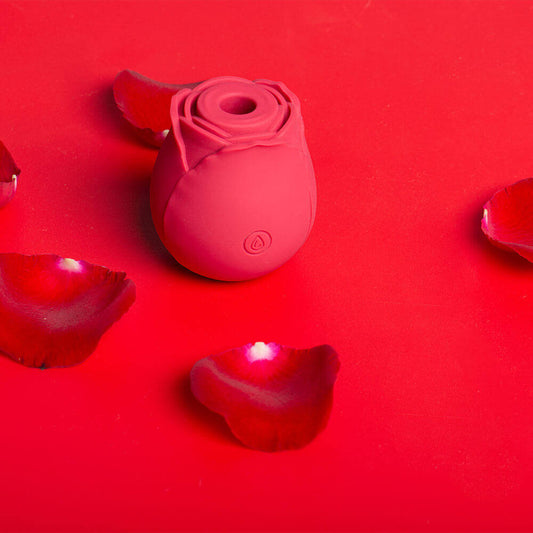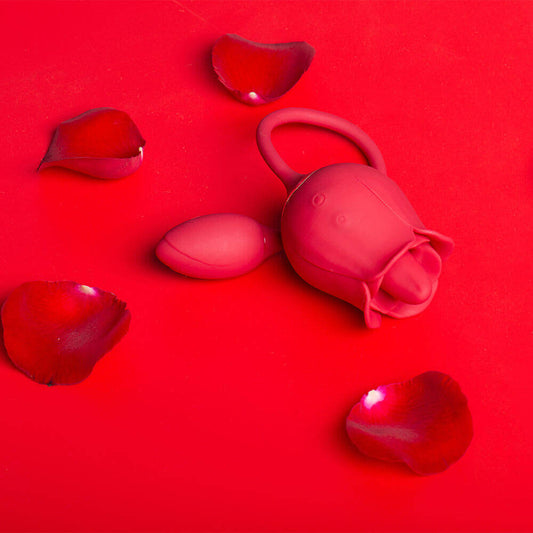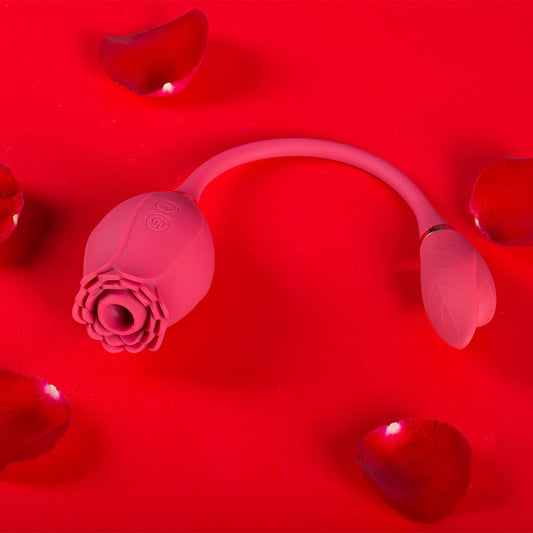
The G Spot Everything: Myths, Facts, and Pleasure Techniques
Introduction
The G-spot, a term that has been the subject of fascination and debate since the 1980s, remains an enigma for many. While some ardently vouch for its existence and its pivotal role in sexual pleasure, others remain skeptical. This guide delves deep into the world of the G-spot, exploring its significance in sexual health and the ongoing discussions surrounding it.
Understanding the G-Spot
Named after the German gynecologist Ernst Gräfenberg, the G-spot is believed to be an erogenous zone located inside the vagina. When stimulated, it can lead to heightened sexual arousal and powerful orgasms.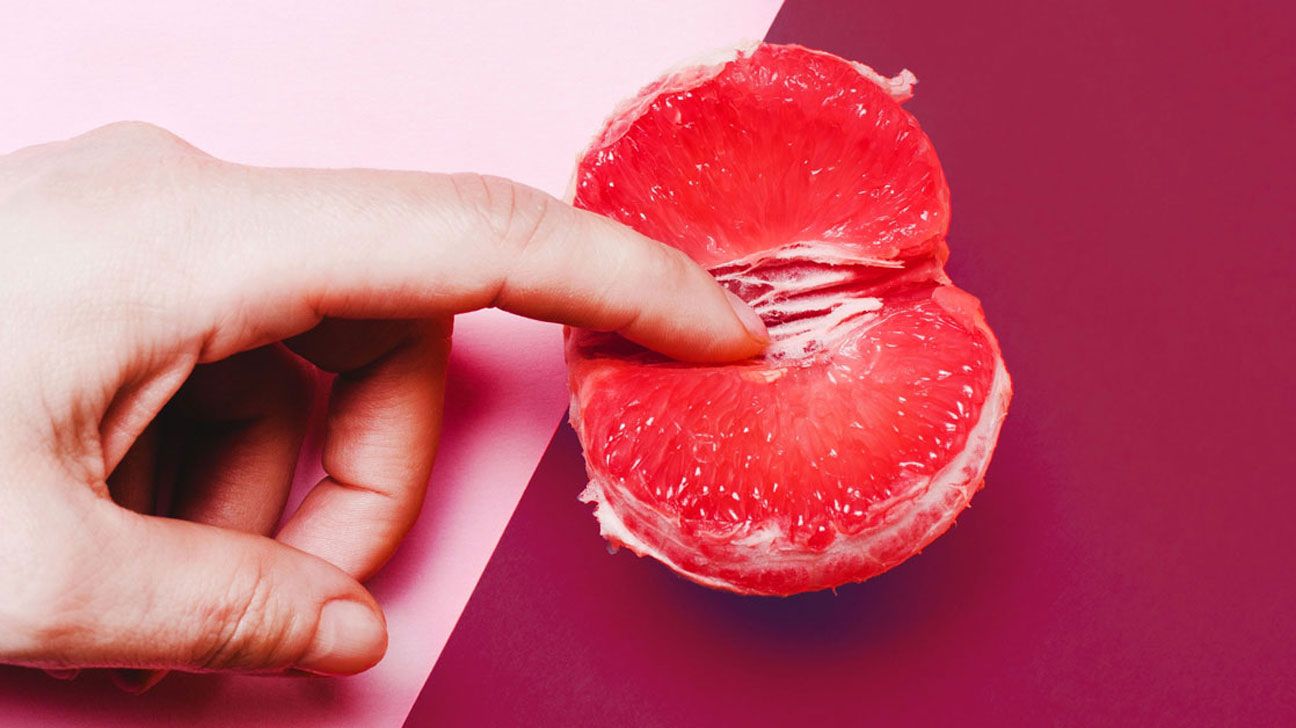
The G-spot is believed to be an erogenous zone located inside the vagina. When stimulated, it can lead to heightened sexual arousal and powerful orgasms. It's typically situated about 2-3 inches inside the vagina, on the front wall. This area is often described as being particularly sensitive, with a slightly different texture compared to the surrounding vaginal tissue.
Science Behind the G-SpotThe existence and function of the G-spot have been topics of contention among researchers and sexual health experts. Some studies suggest that the G-spot might be an area where the internal structure of the clitoris and the vagina meet. This intersection is dense with nerve endings, which could explain its sensitivity.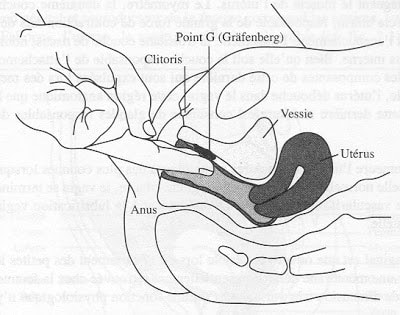
However, it's essential to note that not all experts agree on the G-spot's precise location or even its existence. Some believe that what many identify as the G-spot is simply a part of the clitoral network, while others argue that it's a distinct area altogether.
Why the Controversy?The debate around the G-spot stems from various factors:
- Differences in Anatomy: Every individual's body is unique. While some women report having a highly sensitive area inside their vagina that they identify as the G-spot, others don't find any particular spot that matches the description.
- Lack of Concrete Evidence: While numerous anecdotal accounts vouch for the G-spot's existence, scientific studies have yielded mixed results.
- Societal Influences: The G-spot has been commercialized and sensationalized, leading to unrealistic expectations and misconceptions.
Regardless of the ongoing debate, what's most important is personal experience. Every individual should feel empowered to explore their bodies and discover what brings them pleasure. Whether or not one identifies or believes in the G-spot, understanding one's body and its responses is crucial for a fulfilling sexual experience.
the G-spot remains a mysterious and debated area in female sexual health. While science continues to explore its intricacies, individuals should prioritize personal exploration and understanding, free from societal pressures or preconceived notions.
Locating the G-Spot
Embarking on a journey to find the G-spot can be both enlightening and pleasurable. It's typically situated about 2-3 inches inside the vagina, on the front wall.
Self-exploration: By inserting a finger into the vagina and using a "come hither" motion, you might identify a slightly coarser patch of skin – this is believed to be the G-spot.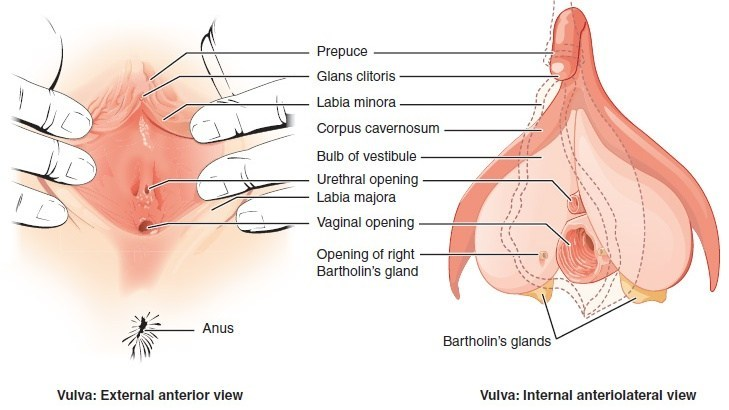
The journey to understanding one's body, especially in terms of sexual pleasure, is deeply personal and unique. One of the most talked-about areas in female sexual health is the G-spot. While its existence and precise location might be a topic of debate among experts, many women have found immense pleasure through G-spot stimulation. If you're curious about exploring this erogenous zone, here's a guide to help you on your journey.
1.Set the Mood: Before you begin, ensure you're in a relaxed state. This might mean taking a warm bath, listening to calming music, or lighting some candles. The more relaxed and comfortable you are, the easier it will be to explore.
2.Clean Hands: Always start with clean hands. This ensures that your exploration is hygienic.
3.Position: Lie on your back with your knees bent. You can prop a pillow under your head for comfort.
Finding the G-Spot
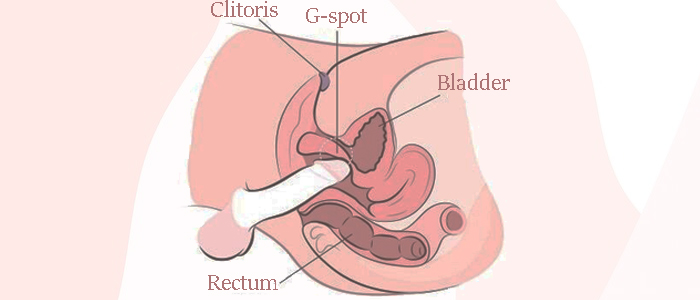
1.Lubrication: Before you start, apply some water-based lubricant to your fingers. This will make the exploration smoother and more comfortable.
2.Insertion: Gently insert one or two fingers into your vagina, with your palm facing up.
3.Location: The G-spot is typically located about 2-3 inches inside the vagina, on the front wall. Feel for a slightly ridged or textured area. This is different from the smoother surrounding tissue.
4.Stimulation: Once you think you've found it, try different types of stimulation. This could be gentle tapping, circular motions, or even a "come hither" motion with your fingers.
What to Expect
Some women feel a sensation similar to the urge to urinate. This is normal, as the G-spot is close to the urethra.
You might experience heightened arousal or even achieve orgasm through G-spot stimulation.
Remember, everyone's body is different. While some women find G-spot stimulation highly pleasurable, others might not feel much. Both experiences are valid.
Using Tools for Exploration
If you're finding it challenging to locate or stimulate the G-spot with your fingers, there are specialized tools available:
Rose Toy and Rose Vibrator: These products are designed to achieve natural insertion and can be particularly effective for G-spot stimulation. Their ergonomic design and vibration settings can enhance the experience.
Differences in Anatomy: Every individual is unique. While some may easily locate their G-spot, for others, it might remain elusive.
Why the Differences?
1.Genetic Factors: Just as we have different heights, eye colors, and other physical traits, the size and sensitivity of the G-spot can be influenced by genetics.
2.Hormonal Changes: Hormonal fluctuations during a woman's menstrual cycle can affect the sensitivity and responsiveness of the G-spot.
3.Childbirth: Some women report changes in the sensitivity or location of the G-spot after giving birth.
4.Age: As women age, hormonal levels change, which can impact the elasticity and sensitivity of vaginal tissue, including the G-spot.
Some researchers believe that the G-spot is linked to the Skene's glands, which are located near the urethral opening and produce a fluid that is similar in composition to male prostate fluid. The stimulation of this area might lead to female ejaculation in some women, further adding to the G-spot's mystique.
The Debate: Is It a Separate Entity?While many women report heightened pleasure from G-spot stimulation, studies have been inconclusive about its existence as a separate anatomical structure. Some experts believe that the pleasure derived from this area might be due to the clitoral network, as the clitoris is much larger than the small external portion we see and extends internally around the vagina.
The G-spot remains one of the most intriguing areas of female sexuality. Whether it's a distinct anatomical structure or a part of the clitoral network, what's undeniable is the pleasure many women derive from its stimulation. It's essential to remember that every woman's body is unique. Exploring and understanding one's body, communicating with a partner, and focusing on mutual pleasure are more critical than pinpointing a specific spot.
Stimulating the G-Spot
Having identified the G-spot, the next exhilarating step is stimulation.
Techniques for Self-exploration:
Use rhythmic finger motions, experimenting with varying pressures to discern what feels best.
1. Set the Mood
Before embarking on any form of self-exploration, it's essential to be in the right frame of mind.
Relaxation: Ensure you're relaxed and free from distractions. Consider taking a warm bath or listening to calming music.
Privacy: Choose a time and place where you won't be interrupted, ensuring complete privacy.
2. Get Comfortable
Position: Lie on your back with your knees bent and feet flat on the bed or floor. You can place a pillow under your hips for added comfort.
Lubrication: Use a water-based lubricant to make the exploration smoother and more comfortable.
3. Start with External Stimulation
Before delving internally, stimulate your external genitalia, especially the clitoris, to increase arousal. This arousal can make the G-spot more pronounced and easier to locate.
4. Insert Your Finger(s)
Using your index or middle finger, insert it into the vagina with your palm facing up.
Feel for the anterior (front) wall of the vagina, about 2-3 inches in. The G-spot is often described as a spongy, ridged, or slightly rough area, different from the smoother surrounding tissue.
5. Use a "Come Hither" Motion
Once you believe you've located the G-spot:
Curl your finger in a "come hither" motion, gently stroking the area.
Adjust the pressure and speed based on what feels good for you.
6. Experiment with Toys
If you're having difficulty locating the G-spot or want to explore different sensations:
Consider using a G-spot vibrator or dildo. These toys are often curved to target the G-spot specifically.
Remember to use lubricant with toys for added comfort.
7. Pay Attention to Sensations
Some women report a need to urinate when the G-spot is stimulated. This sensation is normal, but if it's uncomfortable, you can try emptying your bladder beforehand.
Over time, with consistent exploration, you'll become more familiar with the sensations that G-spot stimulation brings.
8. Stay Open-minded
Every woman's body is unique. While some may experience intense pleasure from G-spot stimulation, others might not find it as enjoyable.
The journey of self-exploration is personal. Focus on what feels good for you and remember that pleasure can come from various sources.
Partner Positions:
Certain positions, like doggy style or woman-on-top, can more effectively target the G-spot.
Rose Toy:
Products such as the Rose Toy and Rose Vibrator are meticulously designed to target the G-spot, amplifying pleasure. Their distinctive shape and multiple vibration settings make them perfect for G-spot stimulation and achieving natural insertion.
The G-Spot and Orgasm
G-spot stimulation can lead to profound orgasms, often described as more intense and deeper than clitoral orgasms.
G-spot Orgasms:
These are characterized by sensations of profound, intense pleasure.
1. What is a G-spot Orgasm?
A G-spot orgasm results from the stimulation of the G-spot, an area located about 2-3 inches inside the vagina on the anterior (front) wall. It's characterized by:
A deep, intense sensation that radiates throughout the pelvis and even the whole body.
A feeling of warmth and fullness.
Contractions in the vaginal walls.
2. How Does it Differ from Other Orgasms?
Clitoral Orgasm: This is perhaps the most common type of orgasm for many women. It's a result of direct stimulation to the clitoris and is often described as sharp and focused.
Vaginal Orgasm: This type of orgasm comes from inside the vagina, often from stimulation of the G-spot but can also be from other areas of the vagina.
Blended Orgasm: This is when a person experiences both clitoral and vaginal (often G-spot) orgasms simultaneously. It's often described as one of the most intense orgasmic experiences.
3. How to Achieve a G-spot Orgasm?
Position Matters: Some sexual positions, like woman-on-top or doggy style, can provide better angles for G-spot stimulation.
Toys Can Help: There are many sex toys designed specifically for G-spot stimulation. Look for toys with a curved design.
Pressure and Motion: The G-spot often responds well to firm pressure and rhythmic motion. A "come hither" finger motion can be particularly effective.
4. Myths and Realities
Not Everyone Will Have One: Just as with any type of orgasm, not everyone will experience a G-spot orgasm, and that's okay. Everyone's body is different.
It's Not a "Better" Orgasm: Some narratives suggest that a G-spot orgasm is the pinnacle of female pleasure. In reality, no type of orgasm is superior to another. It's all about personal preference.
5. The Connection to Female Ejaculation
For some women, G-spot stimulation can lead to female ejaculation, often referred to as "squirting." It's a release of fluid from the Skene's glands, located near the lower end of the urethra.
G-spot orgasms offer a unique type of pleasure, distinct from other orgasms. While they can be intensely satisfying for many, it's essential to remember that every individual's experience with pleasure is unique. Whether you've had a G-spot orgasm, are curious about them, or are content with other types of pleasure, the key is to focus on what feels good for you and enjoy the journey of sexual self-discovery.
Female Ejaculation: Some individuals report a release of fluid during a G-spot orgasm, commonly termed "squirting."
Female ejaculation, often referred to colloquially as "squirting," has been a topic of fascination and debate for centuries. From ancient texts to modern-day scientific studies, the phenomenon has been both celebrated and misunderstood. Let's delve into the intricacies of female ejaculation, its origins, and the science behind it.
1. What is Female Ejaculation?
Female ejaculation is the expulsion of fluid from the ducts around the urethra, or from the Skene's glands (often referred to as the "female prostate") during or before an orgasm. This fluid is different from the natural lubrication produced by the vagina and from urine.
2. The Composition of the Fluid
Not Urine: Contrary to some beliefs, the fluid released during female ejaculation is not urine. While it does come from the urethral area, studies have shown its composition to be distinct.
Similar to Prostate Fluid: The ejaculate fluid has been found to contain elements like glucose, fructose, and prostatic acid phosphatase, making it somewhat similar to male prostate fluid.
3. Causes and Triggers
G-Spot Stimulation: Female ejaculation is often linked to stimulation of the G-spot, an erogenous zone located a few inches inside the vagina on the anterior wall.
Emotional and Physical Factors: Emotional intimacy, relaxation, and specific physical techniques can increase the likelihood of female ejaculation.
4. Myths and Misconceptions
Not All Women Experience It: While many women may experience female ejaculation at some point in their lives, not all do. It's essential to understand that every woman's body is different.
It's Not a Sign of Superior Pleasure: Just because a woman ejaculates doesn't mean she's experiencing more pleasure than a woman who doesn't. Pleasure is subjective and varies from person to person.
5. The Science Behind It
Recent studies have used ultrasound technology to observe the female body during arousal and orgasm. These studies have shown that the Skene's glands, located near the urethra, fill with fluid during arousal and may be the source of female ejaculation.
6. Embracing the Experience
For those who experience female ejaculation:
It's Natural: Female ejaculation is a natural physiological response for some women. There's no need to feel embarrassed or ashamed.
Communication is Key: If you're in a sexual relationship, communicate with your partner about your experiences. Understanding and openness can enhance intimacy.
Female ejaculation remains a somewhat mysterious phenomenon, with much still to be understood. However, what's clear is that it's a natural occurrence for many women. Whether or not a woman experiences it, the most important thing is to embrace one's body, understand its responses, and enjoy the journey of sexual exploration and pleasure.
Beyond the G-Spot: Exploring the A-Spot and C-Spot
The G-spot is renowned, but there are other erogenous zones worth discovering:
- A-Spot: Positioned deeper in the vagina, near the cervix. Its stimulation can lead to swift lubrication.
- C-Spot: This refers to the clitoris, a primary pleasure center for many.
Common Myths and Misconceptions
- Every Woman Has a G-Spot: While many have an area in their vagina that is more sensitive, it's not universal.
- G-Spot Orgasms are Superior: Every orgasm is unique and valid. The focus should be on personal pleasure and comfort.
Conclusion
Understanding and exploring the G-spot can lead to enhanced sexual pleasure. Whether through self-exploration, with a partner, or using toys like the Rose Toy and Rose Vibrator, the journey to G-spot discovery can be immensely fulfilling. Remember, every body is unique, and what works for one might not for another. The essence lies in open communication, exploration, and most importantly, relishing the journey.

